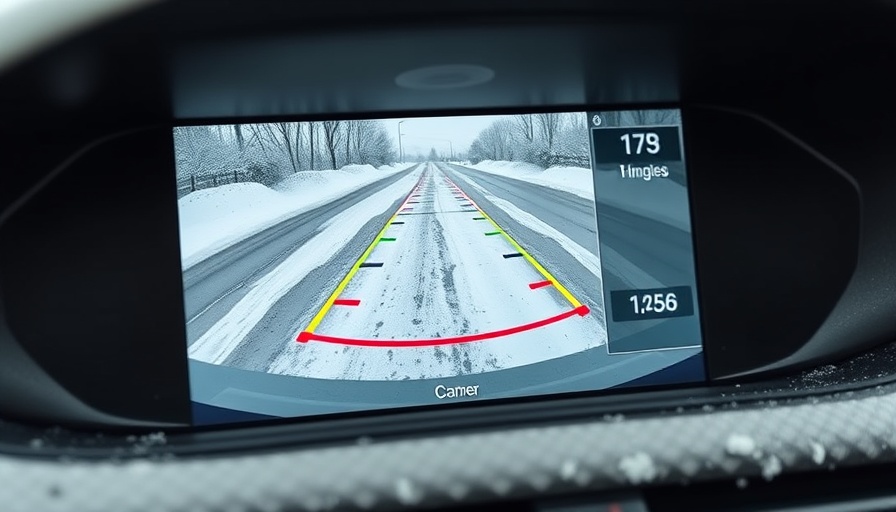
Embracing Modern Safety: The Role of Backup Cameras
Modern vehicles come equipped with a variety of safety features, one of which is the backup camera. This technology has significantly improved the driving experience, making tasks like parking and reversing less daunting. According to certified driver education instructor Steven Norman, a backup camera enhances safety by giving a clearer perspective of the area that might not be visible through traditional mirrors alone. However, it’s crucial to understand that backup cameras are not a substitution for mirror checks and active awareness while driving.
Know Your Vehicle's Safety Features
Did you know that while many newer vehicles come standard with backup cameras, older models may not? Backup cameras became mandatory in passenger vehicles manufactured after 2018, which means drivers of older models should be particularly vigilant. It's important for homeowners and families investing in new cars to check what safety features come with their chosen vehicle. Ensuring that your family car has modern safety technologies can help reduce the risk of accidents.
Safety Is a Two-Pronged Approach
Both backup cameras and rearview mirrors have unique advantages. The view from a rearview mirror provides a wider visual span of the surrounding traffic, while the backup camera specifically reduces blind spots when reversing. Erika Tortorici, an insurance expert, emphasizes that “neither should be used in isolation.” By relying on both, drivers can significantly lower the risk of low-speed collisions—something crucial for families and homeowners who often have children playing in areas close to driveways.
Future Safety Trends: What's Next?
As technology progresses, the automotive industry is likely to integrate more advanced features into vehicles. For instance, features such as Advanced Driver Assistance Systems (ADAS) come equipped with various sensors and cameras that enhance driving convenience and safety. Homeowners should look out for these evolving technologies as they purchase or upgrade their vehicles. Keeping up with the latest safety trends can help families make informed decisions that prioritize their well-being during travel.
Common Misconceptions About Backup Cameras
While many people believe that backup cameras eliminate the need to check mirrors completely, this understanding is a misconception. Backup cameras can indeed help prevent accidents by making drivers more aware of their surroundings. However, they cannot detect bicycles, small pets, or any obstructions that are low to the ground. Thus, it's essential to combine the use of cameras with traditional safety checks. Taking just a few seconds to look around and ensure that it’s clear can make a big difference.
Take Action: Safety First!
As homeowners and individuals invested in their family’s safety, it’s always a good time to reassess vehicle safety practices. Consistently evaluate how you utilize your vehicle’s safety features and encourage all passengers to stay aware, especially in busy neighborhoods or when backing out of driveways. Making safety a priority goes a long way when protecting your loved ones.
 Add Row
Add Row  Add
Add 




Write A Comment